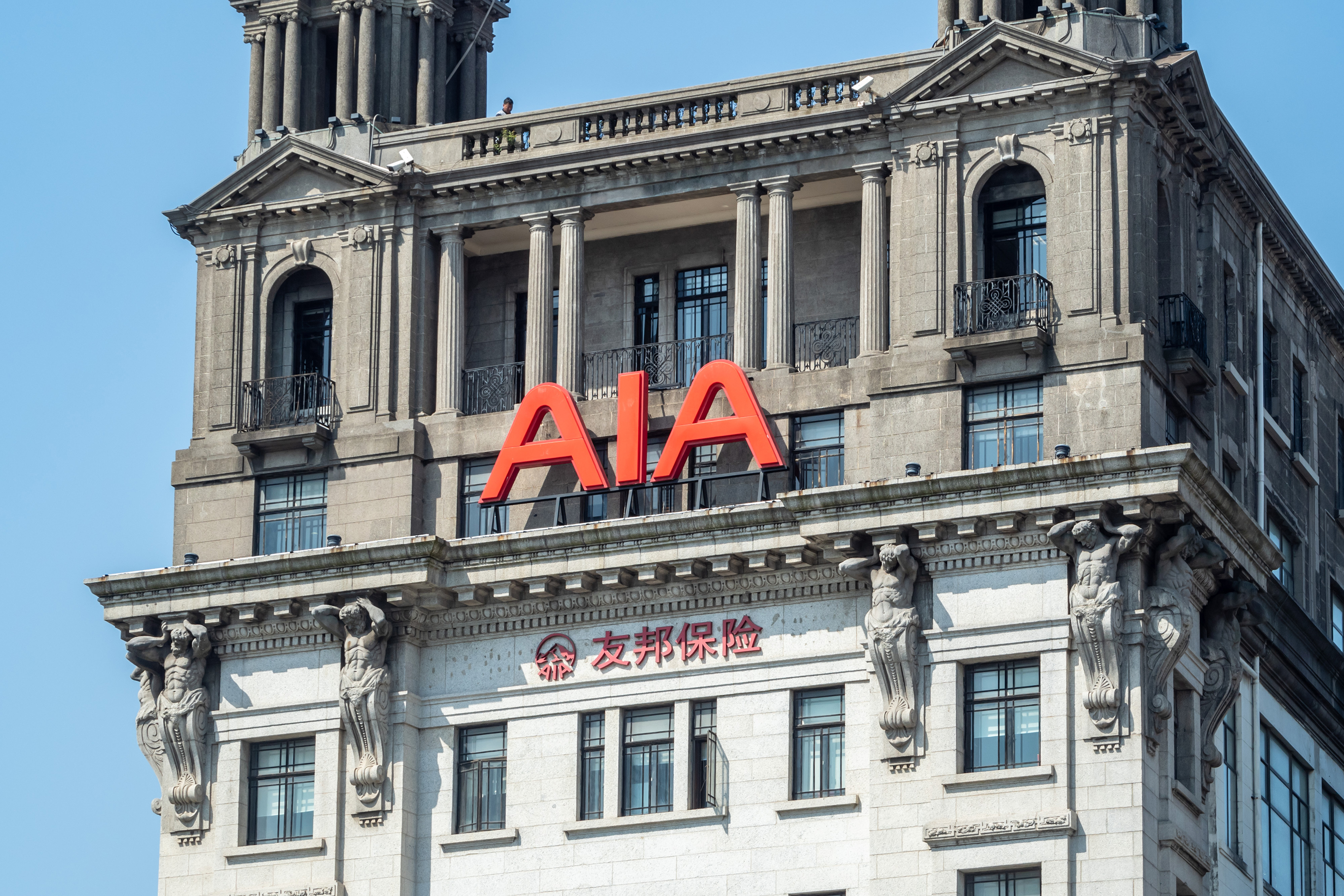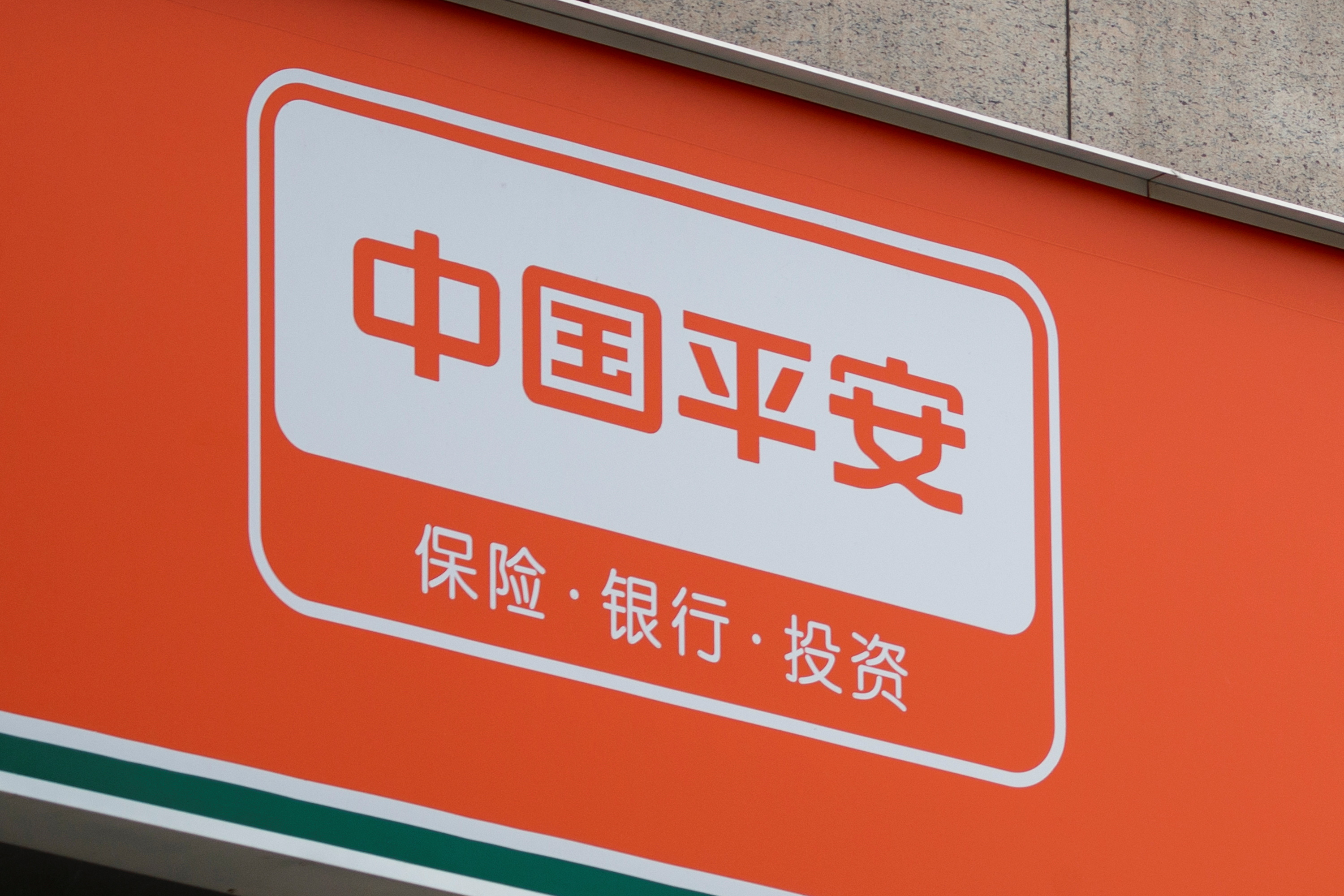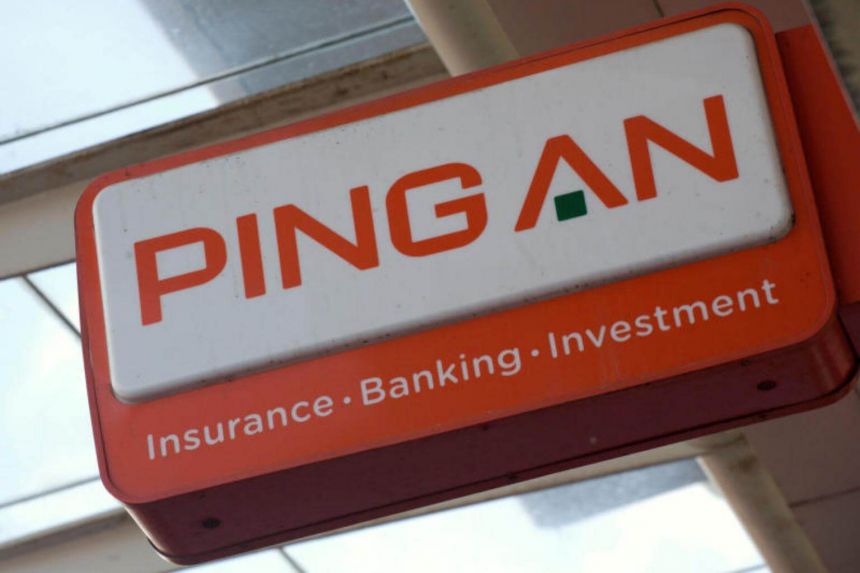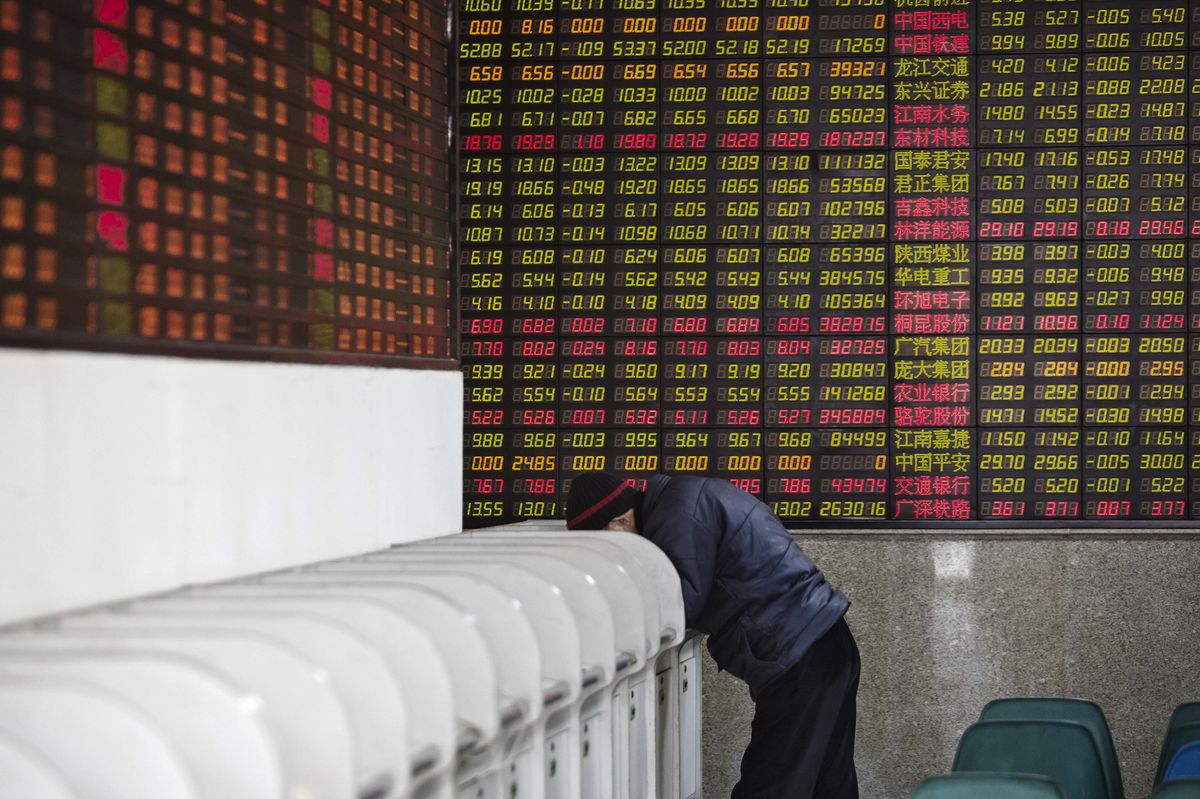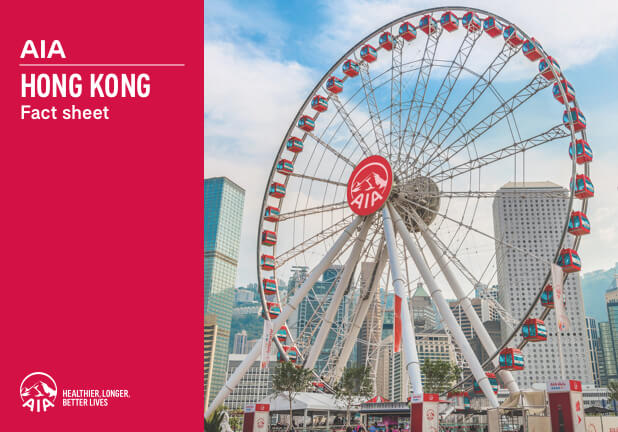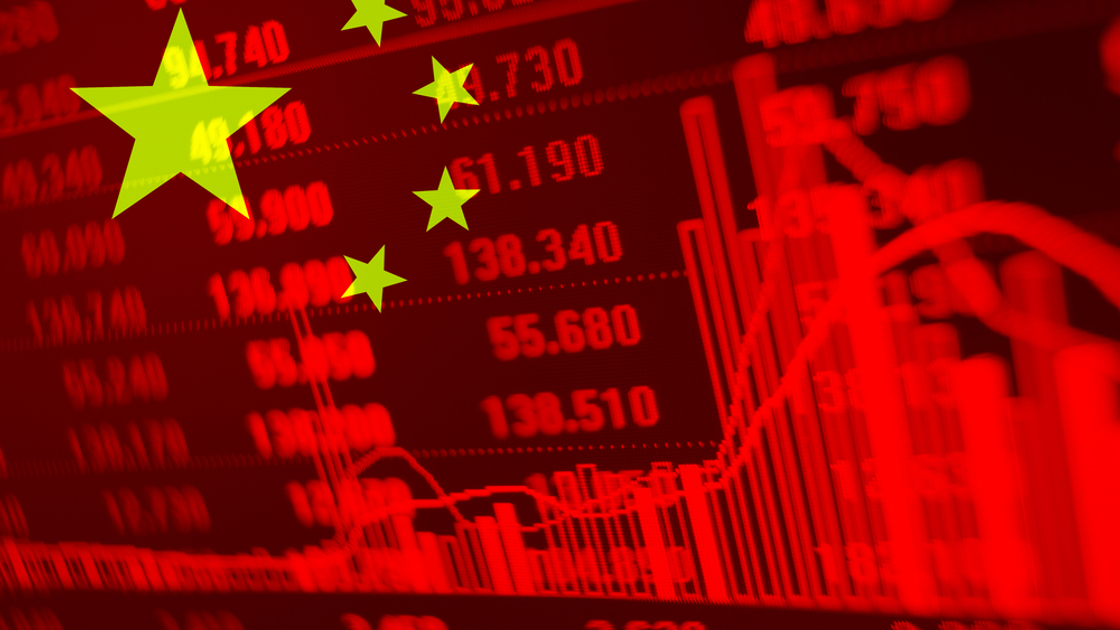Lessons from the past
- We think AIA’s P/EV falling to >2 s.d. below its post-2017 mean suggests investors no longer expect strong future growth for its mainland China unit.
- But strong mainland Chinese insurance demand can be tapped indirectly via Macau. We also remain confident of China’s long-term growth potential.
- We also analyse past periods of AIA’s P/EV trough multiples post IPO. We conclude AIA has been oversold & advise buying on current price weakness.
- Reiterate Add rating but lower TP to HK$88 on broadly lower FY22F-24F EPS & VONB due to adverse investment markets & currency movements.
No longer factoring in strong future mainland China growth?
AIA’s 12-month rolling forward P/EV of 1.49x falling to >2 s.d. below its post-2017 mean (now only slightly above its Mar 2020 1.41x trough in Fig 1) suggests investors no longer expect strong future growth for its mainland China business, in our view. The post-2017 period was chosen as it was only then that investors started to believe mainland China was willing to open up its insurance markets to non-mainland China insurers and were thus willing to factor stronger future mainland China growth into AIA’s valuations, in our view. The increased mainland China future growth potential became a reality in 2019, when AIA announced its entry in new regions in mainland China (Tianjin and Shijiazhuang in Hebei), which was the first time it expanded into new regions in 17 years (Fig 3).
Mainland China growth can be tapped indirectly via Macau
Sizable future growth potential in mainland China still exists, especially since AIA is still not present in numerous major regions unlike larger domestic peers (Fig 5). Furthermore, we see AIA’s Macau branch as well placed to continue to tap strong mainland Chinese visitor (MCV) insurance demand (Fig 11-13). We therefore think AIA’s share price weakness is overdone and recommend investors take advantage of share price weakness to buy.
Other instances of trough valuation multiples are worse in our view
We analyse past periods of AIA’s P/EV trough multiples (Fig 17) and believe that in each of those periods, conditions were much worse for AIA. Mar 2020’s 1.41x P/EV trough was at an early pandemic stage with little clarity about future death rates or vaccines. Feb 2016 and Oct 2016 1.32x P/EV trough was during a period of high regulatory risk relating to the MCV business, leading to significant uncertainty about the future profitability of this segment. Oct 2011’s 1.01x P/EV trough was even less comparable. Three rounds of quantitative easing (QE) and an Operation Twist led to a sustained period of abnormally low US rates, which contrast with the current high US rates that we see as positive for AIA.
Reiterate Add; TP cut on broadly lower FY22-24F EPS & VONB
Our P/EV GGM-based TP is cut to HK$88 from HK$96 on broadly lower FY22-24F EPS and VONB (Fig 21). Potential re-rating catalysts: borders reopening and further approval to expand in mainland China (see Five down, nine to go, dated 30 May 2022). Downside risks include currency volatility, weak equity markets and prolonged Covid-19 outbreaks.


